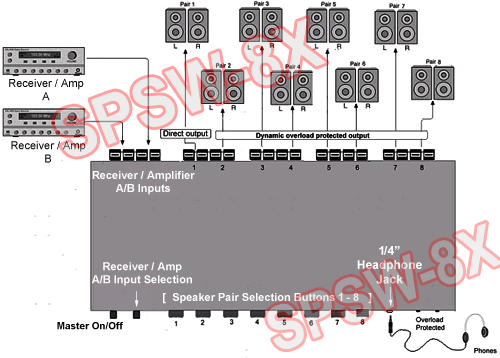kiteki
aka Theta Alpha 1
aka Alpha Zeta 5
aka Alpha Zeta 6
aka Nanocat Systems
And many other aliases
- Joined
- Jun 7, 2010
- Posts
- 10,617
- Likes
- 174
Hi,
I think listening to music / audio is by it's nature blind, not sighted, so I'd like to evaluate some op-amp's in an amplifier without seeing them.
It's pretty simple, all I need is a multi-channel amplifier like this,

The Behringer HA400 one has four channels, with one op-amp on each, NJM4580.
So the process is
- acquire new op-amp's of identical shape and size
- shake them inside a bubble-wrap padded box
- install them in pitch darkness (randomly) with sunglasses on
- listen and take notes
- open
Pretty simple process.
Ran into an issue here - http://kunekune.at.webry.info/200903/article_1.html
They're all soldered on, I need a cheap multi-channel amplifier with socketed IC's, any links?
Thx.
I think listening to music / audio is by it's nature blind, not sighted, so I'd like to evaluate some op-amp's in an amplifier without seeing them.
It's pretty simple, all I need is a multi-channel amplifier like this,
The Behringer HA400 one has four channels, with one op-amp on each, NJM4580.
So the process is
- acquire new op-amp's of identical shape and size
- shake them inside a bubble-wrap padded box
- install them in pitch darkness (randomly) with sunglasses on
- listen and take notes
- open
Pretty simple process.
Ran into an issue here - http://kunekune.at.webry.info/200903/article_1.html
They're all soldered on, I need a cheap multi-channel amplifier with socketed IC's, any links?
Thx.



